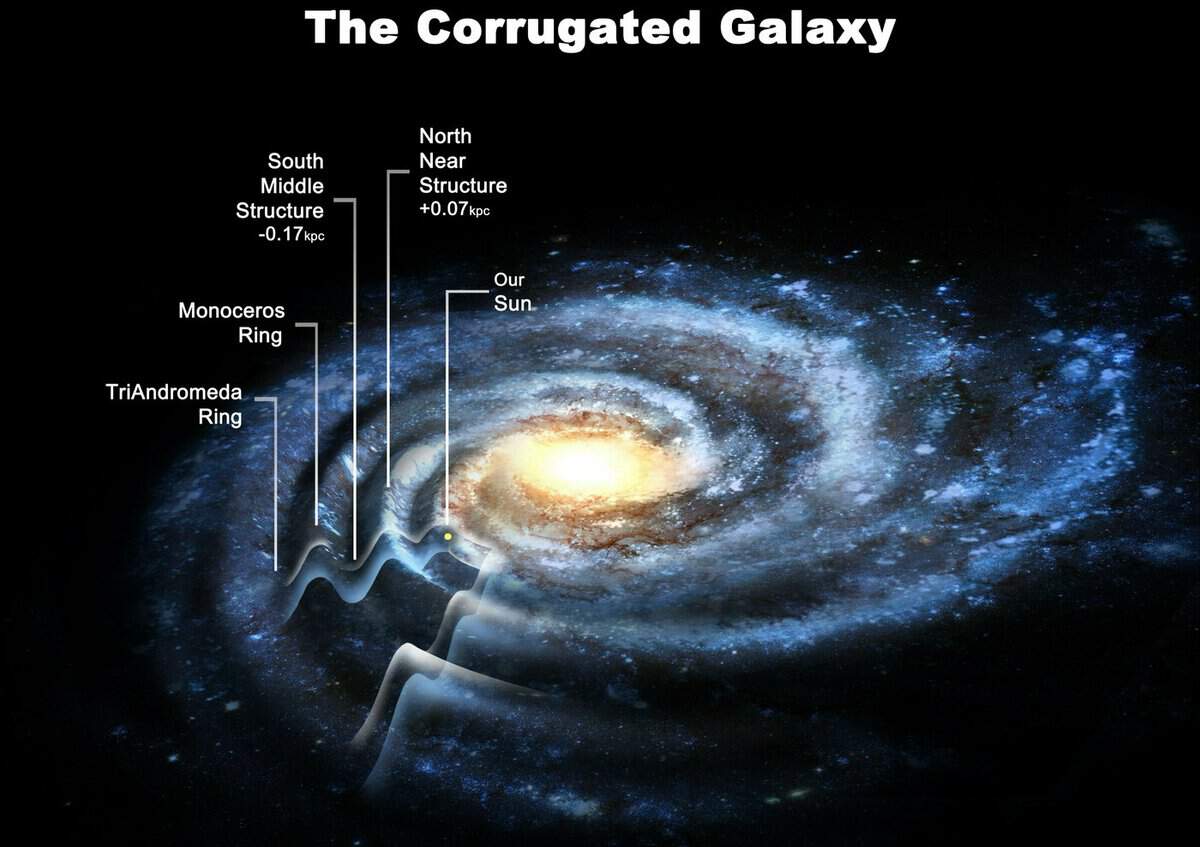The Milky Way Galaxy encompasses the Earth, Moon, Sun, and countless other celestial bodies. It exhibits a unique spiral structure with a central bulge. This galaxy derives its name from a cluster of stars resembling a luminous, milky-white glow against the backdrop of the nocturnal heavens.
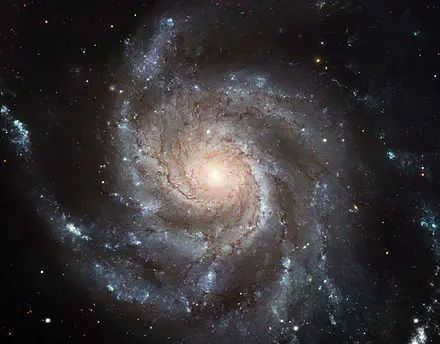
The Milky Way galaxy consists of billions of stars and vast amounts of dust and gas that are held together by the incredibly powerful gravitational pull of the central black hole. Spanning over a distance of more than 100,000 light years, the Milky Way galaxy is truly remarkable.
Our solar system is positioned approximately 25,000 light years away from the galactic center. Similar to how the Earth orbits around the Sun, the entire solar system revolves around the central core of the Milky Way. This complete revolution around the center takes approximately 250 million years to complete.
The Structure of the Milky Way
It has been determined that the Milky Way is a spiral galaxy with a central bulge. However, the question remains: how can we ascertain the exact shape of the Milky Way while being located within it?
The depiction of the Milky Way that we observe is based on various indications, approximations, and hypotheses.
- The initial indication of the Milky Way’s shape is a luminous white band of stars that spans across the celestial sphere. This band of stars suggests that they are arranged in a flattened disc-like shape, similar to other spiral galaxies.
- Through the utilization of images captured by numerous ground-based and space telescopes, astronomers have deduced that the spiral shape is composed of multiple arms. A sample of stars within the band has also provided confirmation of this conclusion.
- The study of bright stars, dust, and ionized gas in the disk of the Milky Way also offers insights into the galaxy’s spiral structure.
- Further indications of the spiral nature of the Milky Way are derived from measurements of dust content in the streak and the predominant colors of light that reach us.
*** Scientists and researchers have long debated the number of spiral arms in the Milky Way. Some theories propose two arms, while others suggest the possibility of four arms. Recent findings suggest that our galaxy indeed possesses four arms.
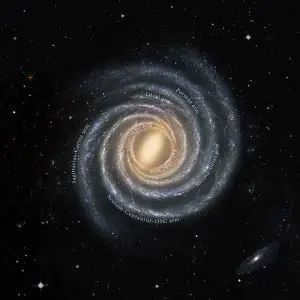
Exploring the Milky Way
The birth of the Milky Way occurred simultaneously with various other high-density regions in the cosmos following the Big Bang. It is presumed that some of these high-density regions served as the precursors to multiple globular clusters, which gave rise to the oldest stars that still exist within the Milky Way galaxy.
What can be found in the Milky Way galaxy?
The Milky Way galaxy is home to a vast number of stars, estimated to be between 100 and 400 billion, along with a similar number of planets (as there is typically at least one planet per star in the Milky Way). Counting the exact number of stars and planets is challenging, as dim, distant, and low-mass stars are extremely difficult to observe. At the center of the Milky Way lies a massive black hole formed by stellar matter.
As one moves away from the galactic center, the density of stars gradually decreases. Surrounding the galactic disk, which contains interstellar dust and gas, is a spherical Galactic Halo housing globular clusters and additional stars.
What Comes After?
The Universe is teeming with billions of other galaxies. However, out of this immense number, only three galaxies are visible to the naked eye. These galaxies appear as indistinct blurs in the vast expanse of the sky. Surrounding the Milky Way, there exists a massive dark matter halo, stretching across a distance of approximately 2 million light years.
The solar system
The Solar System
There are countless planetary systems like ours scattered throughout the vast expanse of the universe. Our own planetary system revolves around the brilliant star known as the Sun, which came into existence approximately 4.5 billion years ago.
The solar system finds itself situated in the outer reaches of the spiral disk that is the Milky Way. While we are familiar with the existence of eight planets that encircle the Sun, the solar system extends far beyond that. The Solar System also encompasses the Kuiper Belt, a celestial ring composed of icy bodies that lies beyond the orbit of Neptune.
Far beyond the Kuiper Belt lies the Oort Cloud, a colossal expanse of frozen celestial fragments encircling the entirety of the Solar System. Although the Oort Cloud has eluded direct detection, its presence is inferred from mathematical calculations and the study of comets, asteroids, and other celestial bodies that originate from this distant realm. Acting as a boundary, the Oort Cloud delineates the outermost reach of the Sun’s gravitational pull.
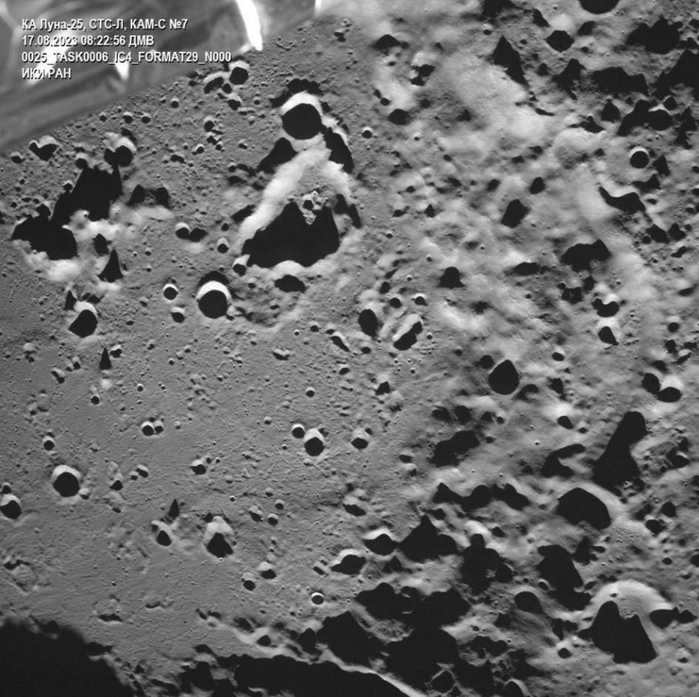
This is an image of the far side of the Moon. The first picture from the surface of our natural satellite was transmitted by the Russian station Luna-25.
The cameras on the spacecraft captured the Zeeman crater, located near the southern pole, which cannot be observed from Earth. The new images obtained by “Roscosmos” provide valuable additional information about this particular crater.
The launch of “Luna-25” took place on August 11 from the Vostochny Cosmodrome. This mission is part of a new Russian lunar program aimed at exploring and utilizing the Moon and the space near it through the use of interplanetary stations.
Astrophotographer Nicholas Remmelt.
Astrophotographer Nicholas Remmelt.
German dentist Nicholas Rommelt spends his weekdays examining patients in his dental office and his weekends in his “second workplace” in the Alps. Over the course of two decades, Rommelt has been immersing himself in the mountains, allowing his artistic vision to flourish. As a result, he has produced a collection of awe-inspiring astrophotographs.
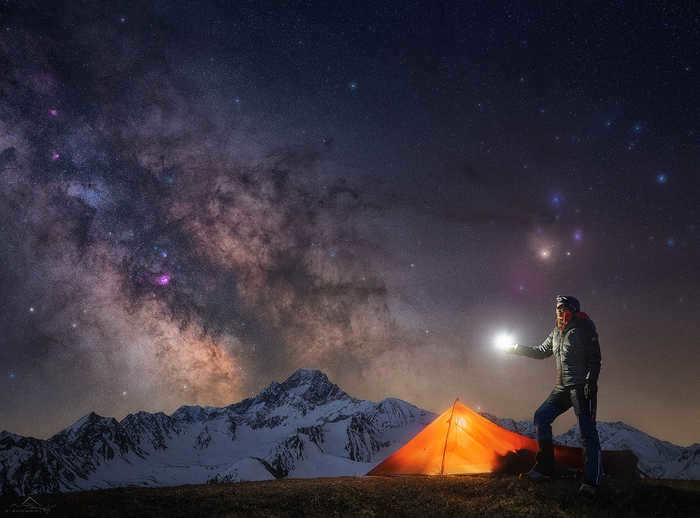
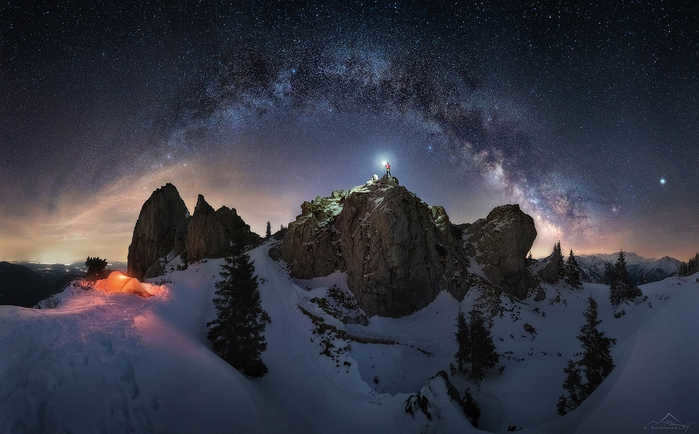
Race to the Moon: Russia and India successfully launch their lunar stations. Who will reach the moon first?
On August 11th, the historical Luna-25 mission was launched from the Vostochny Cosmodrome, marking our country’s return to the new lunar competition and solidifying our position as a prominent space force. Currently, there are two expeditions underway – one Russian and one Indian – heading towards the South Pole of the Moon. Which one will be the first to achieve a successful landing there? And more importantly, what will happen next? We will provide you with all the details, including a new story of a daring rescue, in today’s segment following a brief overview of the latest news.
What an incredible display of talent across various industries! We wish them tremendous success in their endeavors, and may the man and the individuals he saved be blessed by God!
No heading
No headline.
Spatial compression and stretching have been detected by instruments
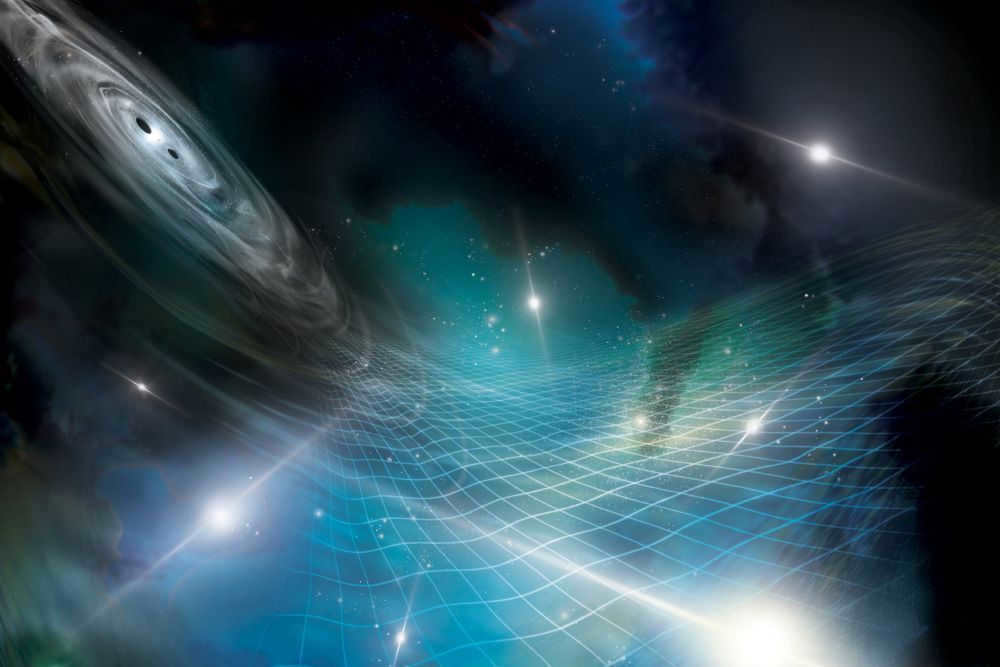
A 15-year study on the synchronization of pulsars has been the subject of research by various international and interdisciplinary teams. Their findings, published in peer-reviewed journals, provide evidence that the fabric of space-time in the Universe undergoes rhythmic expansion and contraction.
COSMOS.
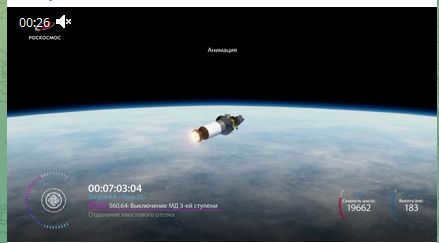
Tonight, a domestic station called “Luna-25” was launched from the Vostochny cosmodrome.
This station is the first of its kind in the world and will achieve a soft landing in the circumpolar region, which has a challenging terrain.
This is a truly historic moment!
Academician Lev Zeleny has shared insights on how the upcoming Russian mission Luna-25 will contribute to solving practical challenges

© Vladimir Trefilov / RIA Novosti
The image above depicts the shape of the Milky Way galaxy, as captured by Vladimir Trefilov of RIA Novosti.
After nearly 50 years, Russia has once again embarked on a journey to the Moon. On August 11, 2023, Luna-25, the first automated station in modern Russian history, was successfully launched to Earth’s natural satellite. The Soyuz-2.1b rocket lifted off from the Vostochny Cosmodrome, marking a significant milestone. In just a few days, around August 21, Luna-25 is expected to make a gentle landing near the South Pole of the Moon. Lev Zeleny, the scientific director of the Space Research Institute of the Russian Academy of Sciences and the driving force behind the Russian lunar program, shared some insights with Parlamentskaya Gazeta. He discussed the objectives of this new lunar mission and the anticipated outcomes of the endeavor.
– It should be noted that in the 21st century, not only the Chinese, but also the Americans and Indians have conducted explorations of the Moon. After a period of relative inactivity following the “space race” between the United States and the USSR in the mid-1970s, interest in lunar exploration has been revitalized. During this time, scientific focus shifted towards other space missions, such as Mars and the giant planets, which somewhat overshadowed the Moon. However, in the 21st century, there has been a renewed emphasis on lunar exploration. It is worth mentioning that the Chinese have made significant strides in this area, successfully landing on the Moon’s surface three times and even achieving a historic landing on the far side of the Moon – a remarkable accomplishment.
Untitled
Attic bed affordable Nizhny Novgorod – https://vk.com/wall-210304844_3065
Researchers have developed their own universes to examine the properties of mysterious substance
Researchers have turned to computational simulation to generate complete universes containing various forms of dark matter.
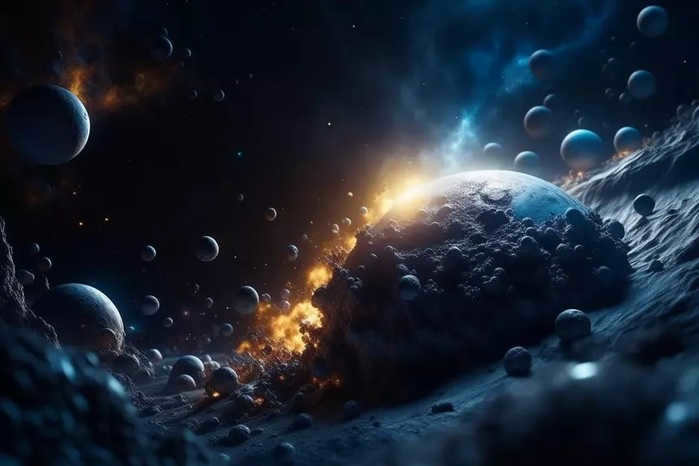
The mystery of dark matter will be unraveled with the help of gravitational waves
A team of astrophysicists from around the world, led by the University of California, has used computer modeling to compare how gravitational waves propagate in different universes containing various forms of dark matter. The findings indicate that the detection of black hole mergers by next-generation observatories will depend on the interaction between dark matter and observable matter particles.
Similar to other galaxies, our own Milky Way is surrounded by a halo of dark matter. Unsplash.com.
Untitled
MR venography of cerebral vessels in Naberezhnye Chelny – source
Luna-25. ROSCOSMOS and its future
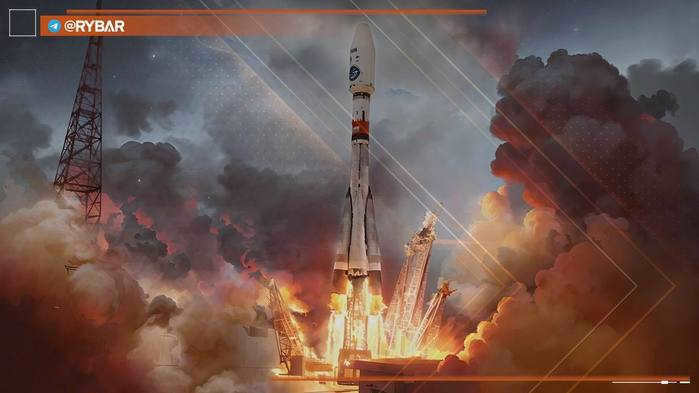
1.
🇷🇺🚀 The Russian automatic station Luna-25 has been launched
An important event occurred last night: the Luna-25 spacecraft, the first Russian automatic station to study the Moon since 1976, was launched from the Vostochny Cosmodrome aboard a Soyuz-2.1b launch vehicle.
After separating from the Fregat upper stage, it is now on its way to the Earth’s artificial satellite. The most challenging phase lies ahead – the module’s landing on the Moon, which is scheduled for August 21.
In recent years, Russian space exploration has faced criticism and has become a target of jokes, often without a solid basis. However, in just the past few years, it has achieved significant successes:
➖In 2019, the Spektr-RG space telescope was successfully launched into orbit.
➖The year 2021 witnessed the launch of the Nauka multifunctional laboratory module to the ISS.
➖The first vehicles of the Sphere global communications system, which includes an analog of Starlink, have been deployed.
➖Moreover, the nation has achieved a remarkable milestone of over 100 accident-free space launches.
It is important to note that this list does not include manned expeditions to the ISS, the launch of GLONASS satellites, and other vehicles into orbit. While the number of such missions may be higher, it does not diminish the real achievements. Behind each launch or mission lies the hard work and dedication of thousands of individuals.
2.
We can take a moment to relax.
Following separation from the Fregat upper stage, the automatic station has been brought under control.
Based on the received telemetry data, the service and onboard systems of Luna-25 are operating normally. Communication with the station is stable and consistent. The control team is functioning in a standard mode.
By the way, this marks the first domestic station to be on a trajectory towards another celestial body since July 1988. The last ones were the two “Phobos” missions, unfortunately, only “Phobos-2” was able to transmit information from the near-Mars orbit (it operated near Mars from February 18 to March 27, 1989).
Let’s hope that history will not repeat itself.
https://www.liveinternet.ru/users/_robot_marvin_/post500667119/
3.
Russia is once again pursuing the “Lunar Program.”
The ultimate outcome will be a permanent inhabited lunar base (at its third stage, most likely not before the late 2030s – early 2040s).
The footage showcases the Soyuz-2.1b launch vehicle carrying the Luna-25 automated station, which is set to touch down at the South Pole of our planet’s satellite and embark on the search for water (a crucial aspect of the mission).
This marks the initial phase of the project. Subsequent efforts in this endeavor will be undertaken by the following missions:
“Luna-26” is scheduled for launch in 2027. It will be positioned as an artificial satellite of the Moon, tasked with conducting remote sensing of its surface to accurately determine the future lunar base’s precise location.

